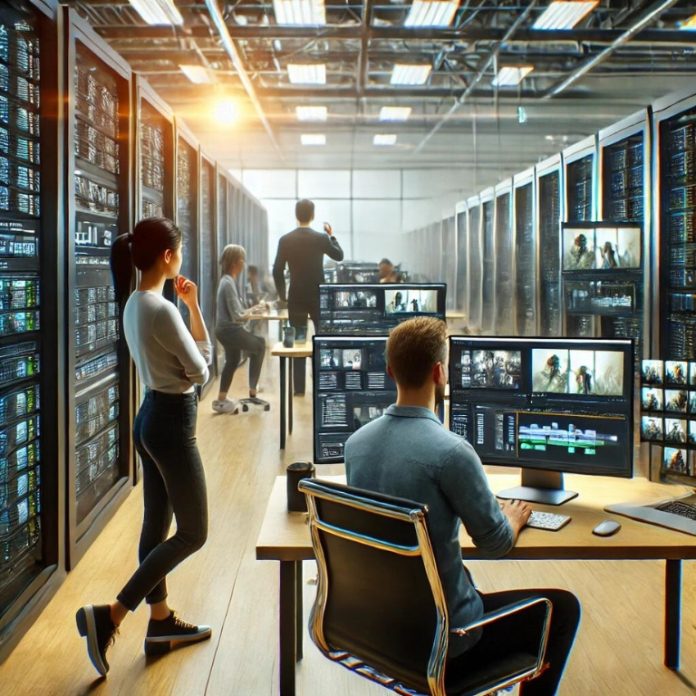Automated Video Editing in Professional Productions
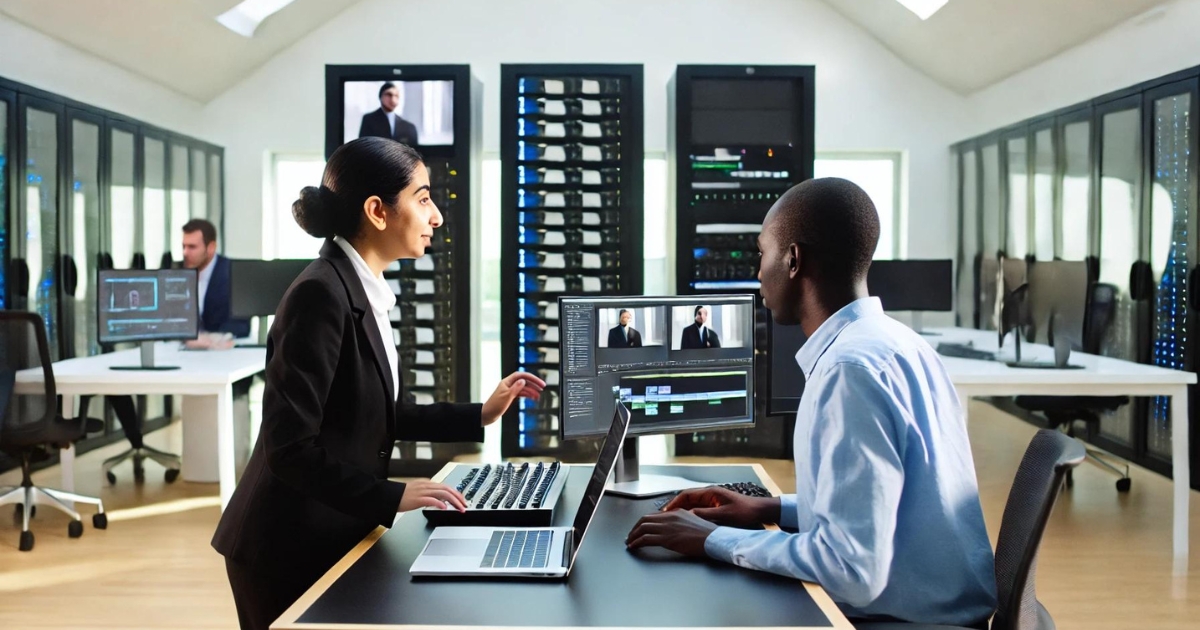
AI-Powered Editing Tools
AI-powered editing tools have transformed the video editing landscape. These tools can analyse raw footage, identify key moments, and automatically create a rough cut. This speeds up the editing process and allows editors to focus on refining the final product.
Case Study: Automated Sports Highlights
In sports broadcasting, AI has been used to automatically generate highlights. By analysing game footage, AI can pick out the most exciting moments and compile them into a highlight reel. This not only saves time but also ensures that fans get to see the best parts of the game.
Impact on Production Efficiency
The use of AI in video editing has had a significant impact on production efficiency. By automating repetitive tasks, AI allows editors to spend more time on creative work. This results in higher quality and more engaging content.
Enhancing Visual Quality with AI
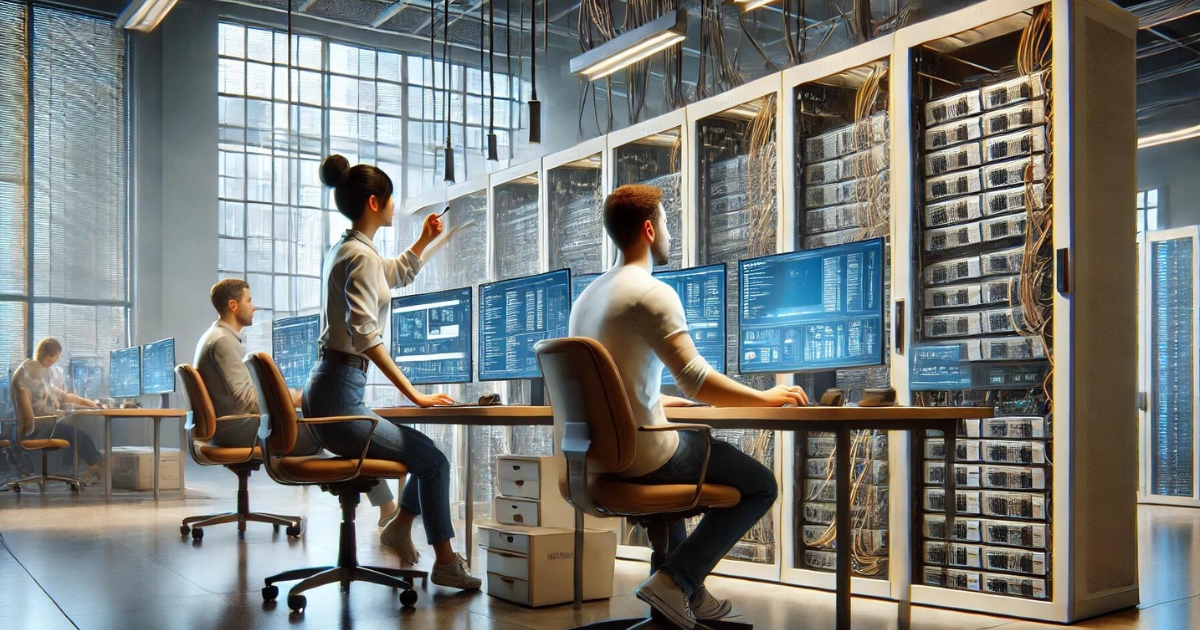
AI for Colour Grading
AI has revolutionised colour grading in video editing. By analysing each frame, AI tools can adjust colours to create a consistent and visually appealing look. This technology ensures that every scene matches the desired mood and style, making the final product more engaging.
Noise Reduction Techniques
Noise reduction is another area where AI shines. Advanced algorithms can identify and remove unwanted noise from video footage, resulting in clearer and more professional-looking videos. This improvement is especially noticeable in low-light conditions, where traditional methods often fall short.
Case Study: Restoring Vintage Footage
AI has also been instrumental in restoring old and damaged footage. By using deep learning techniques, AI can fill in missing details and enhance the overall quality of vintage videos. This process not only preserves historical content but also makes it accessible to modern audiences, breathing new life into old films.
AI in Creative Decision-Making
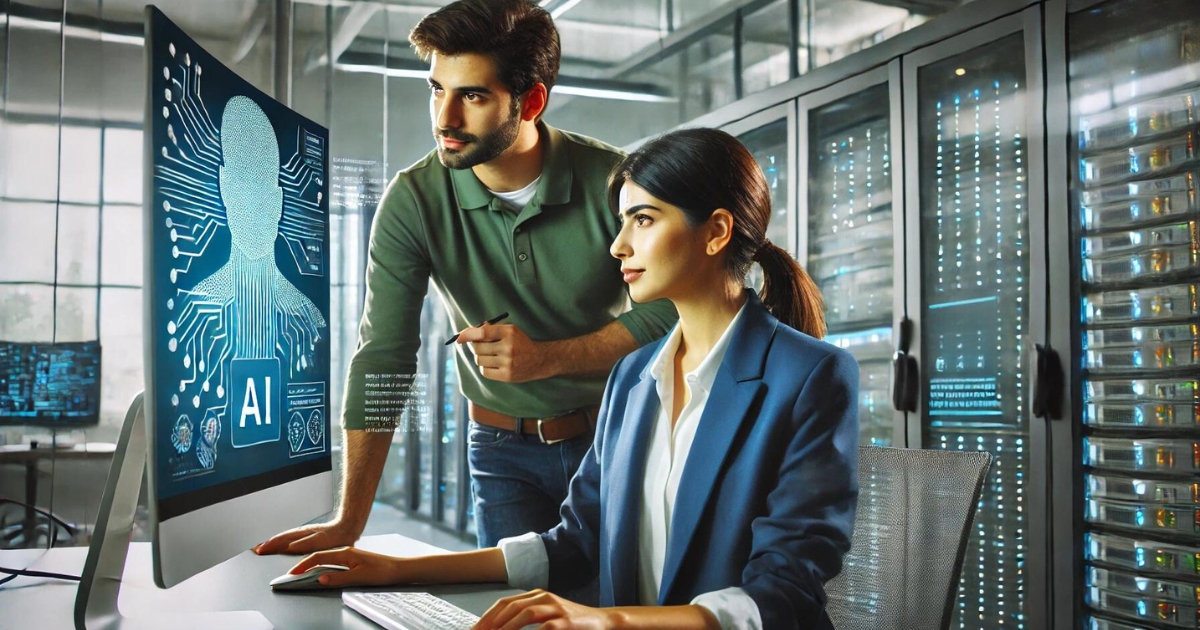
AI-Generated Trailers
AI is transforming the way trailers are made by analysing vast amounts of data to determine what elements captivate audiences. By identifying key scenes and emotional beats, AI can help editors craft trailers that are more engaging and effective. This technology allows for quicker turnaround times and can even suggest creative directions that might not have been considered otherwise.
Content Personalisation
With AI, content personalisation has reached new heights. AI algorithms can analyse viewer preferences and behaviours to recommend videos that are tailored to individual tastes. This not only enhances the viewer experience but also increases engagement and retention rates. Personalised content ensures that viewers are more likely to find what they enjoy, making their viewing experience more satisfying.
Case Study: AI in Documentary Filmmaking
In documentary filmmaking, AI is being used to sift through hours of footage to find the most relevant clips. This significantly reduces the time spent on editing and allows filmmakers to focus on the storytelling aspect. For example, an AI system can be trained to recognise specific faces, locations, or events, making it easier to compile a cohesive narrative. This technology has proven to be invaluable in creating documentaries that are both informative and compelling.
Streamlining Post-Production Workflows
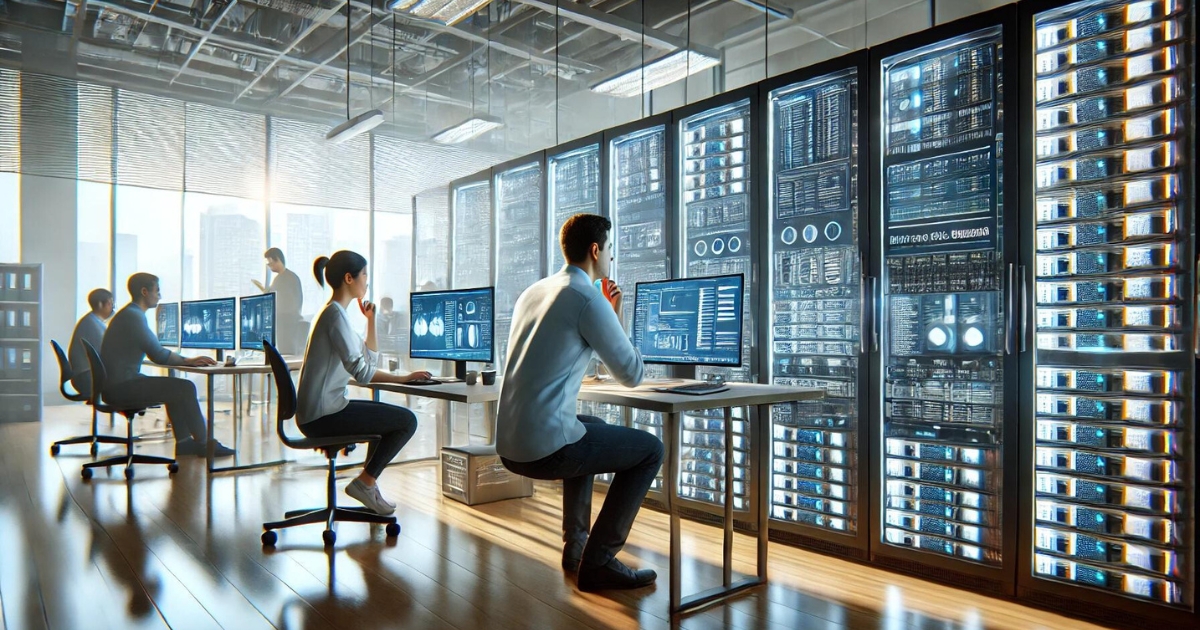
Automated Asset Organisation
With the rise of artificial intelligence, the tedious task of organising video assets has become much simpler. AI can now automatically tag and sort footage, making it easier for editors to find the clips they need. This not only saves time but also reduces the risk of human error. AI’s ability to streamline asset organisation has transformed the post-production process.
AI for Video Stabilisation
Shaky footage can ruin an otherwise perfect shot. AI-driven stabilisation tools can analyse and correct shaky video, resulting in smooth and professional-looking footage. These tools are especially useful for handheld shots or action scenes. By using AI, editors can achieve a level of stabilisation that was previously only possible with expensive equipment.
Case Study: Efficient Post-Production in Advertising
In the fast-paced world of advertising, time is of the essence. An advertising agency used AI to speed up their post-production workflow. The AI tools helped in quickly organising assets, stabilising footage, and even suggesting edits. This allowed the team to focus more on the creative aspects of the project, ultimately delivering a high-quality advertisement in record time. The use of AI not only improved efficiency but also enhanced the overall quality of the final product.
Conclusion
In conclusion, AI is changing the way we edit videos. From making tasks faster to improving the quality of the final product, AI tools are becoming a big help in video editing. The case studies we looked at show how AI can be used in real projects, making work easier and more creative. As AI keeps getting better, we can expect even more amazing tools to come. This means video editors can focus more on their creative ideas and less on the boring stuff. AI is not just a trend; it’s here to stay and will keep making video editing better.

